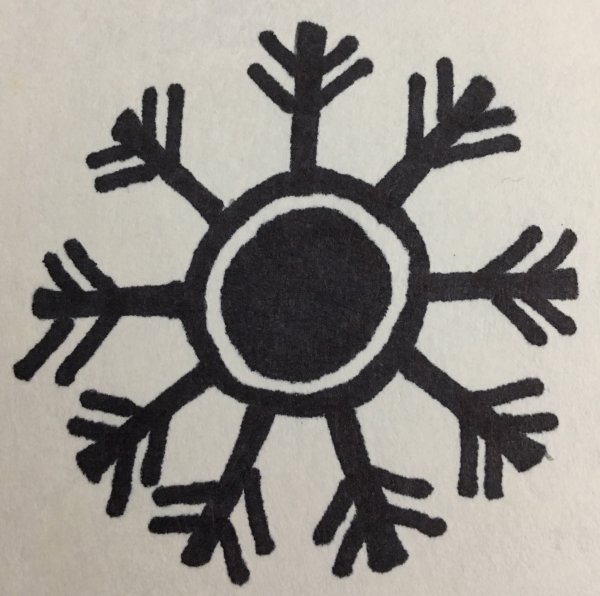Ballistae of Scarterra
A ballista essentially a device using torsion force to propel large spears at great velocity, in other words a giant crossbow.
Scarterran ballista technology is far more advanced than ancient and medieval era ballista on Earth because the presence of dragon's forces Scarterrans to innovate in this area.
Early History of the Ballista
As every school child knows, after the First Unmaking killed most dragonkind and scattered the survives, the Nine in their great wisdom, created elves to take over custodianship of the mortal plane. Not every surviving dragon agreed with the Nine's divine plan, and many concocted schemes to dominate or wipe out the elves nearest them. Some just wanted to inflict random misery on elves. Our ancient ancestors had to devise ways to defend themselves. Ballista crossbows was one such way. The first ballistae were rather crude and primitive, but their operators benefited from the element of surprise. Dragons did not know what ballistae were so they would move in for a closer look out of curiosity making it easier to hit them. Since the ancient dragons did not cooperate and socialize as much as they did, awareness of ballistae was slow to spread among dragonkind as a whole. Eventually dragonkind did learn what a ballista could do and could not do, but the ancient elves learned to. Incremental advancements in ballistae technology allowed for more powerful and more importantly, more accurate ballistae that could turn and swivel quickly and easily. Ballistae were hardly an perfect weapon to use against dragons. More often than not, dragons burned ballistae (and their crews) to ashes, but ballistae were enough to make some dragons think twice before assaulting a castle or city and that is something." -Tarsynora Craroris, Grey Elf Historian
Utility
But a single ballista is much more dramatic than three or four archers and this has its own power in battle. Battles are fought not just in the realm of the body, but also in the realm of the mind. Soldiers are almost certainly going to be more rattled seeing one of their comrades impaled by a giant flying spear than to see someone die from three arrow wounds. Even a near miss with a ballista bolt is utterly terrifying (I can attest to this personally). You viscerally feel the possibility of death with a single ballista bolt more than with a hundred arrows, even though a hundred arrow is far deadlier. This even applies to get to the original purpose of ballistae. If you fire a ballista at a dragon you will probably miss. If you fire ten ballistae at a dragon, you will probably miss. But you might hit the dragon. According to the scroll heads, dragons can easily live over a full millenium before they suffer the effects of old age. For such long-lived beings, even a sliver of possibility of premature death is frightening. Sometimes just seeing a ballista is enough to encourage a dragon to keep flying and look for a softer target elsewhere. Dragons are arguably more deadly on the ground than they are in the air, but a dragon on the ground is also a lot easier to hit with a ballista. Even a dragon is willing to fight against foes with ballista, it's going to make them more circumspect and cautious in how they fight.""A well-made ballista can fire a projectile more than five-hundred yards. That being said, they are not very accurate beyond a hundred yards. Ballistae are more accurate than one would guess. They can be aimed at individual soldiers and have a reasonable chance of hitting them, but it is lot easier to shoot at massed infantry than it is to shoot at a single man. It takes three or four well-trained men to operate a ballista properly. If all I wanted to do was kill enemies, I'd rather have three or four well-trained archers.
Social Impact
-Akeem of Magicland, Professor Emeritus Of History"Eventually the ancient dragons stopped attacking the ancient elves, or at least they started attacking ancient elves much less. Dragons are terrifying, so elven nations and tribeskept building defensive ballistae for generations 'just in case'. As elves began fighting dragons less and fighting each other more, more than a few elf warlords began pointing their ballistae at their own kind. This led to more specialized kinds of ballistae being constructed. There dozens of variations of ballista but most fell in one of two broad categories, ballistae optimized for maneuverability and accuracy intended to hit dragons or infantry and balistae optimized for raw penetrating power intended for use in sieges. At the end of the Second Age, there were thousands of ballistae throughout Scarterra, maybe tens of thousands of them. During the Second Unmaking, any elf that had access to a ballista was likely to point them at Void demons if they could. Once the Void demons got acquainted with mortal weaponry, they began smashing any ballista they found. Ballistae were utilized during the battle that ultimately slew the Harbinger, but on the whole relatively few Void minions died at the hands of giant spears fired through them. Most of the fighting between mortals and demons was in sporadic small-scale skirmishes and ballistae are not very portable. Enough ballista and scrolls with schematics for ballista survived the Second Unmaking that early humans were able to pick up the technology very early in the Third Age. Now they are used for the same things they always were, deterring dragons, conducting sieges, and occasionally skewering enemy infantry and cavalry."
Access & Availability
Ballistae are mostly used by humans and elves in civilized lands. Dwarves are perfectly making excellent ballistae and many human and elf warlords hire dwarves to make their ballistae but dwarves seldom use them since more often than not, they fight in cramped quarters were ballistae are not practical.
Cover image:
Symbol of the Nine
by
Pendrake




Comments